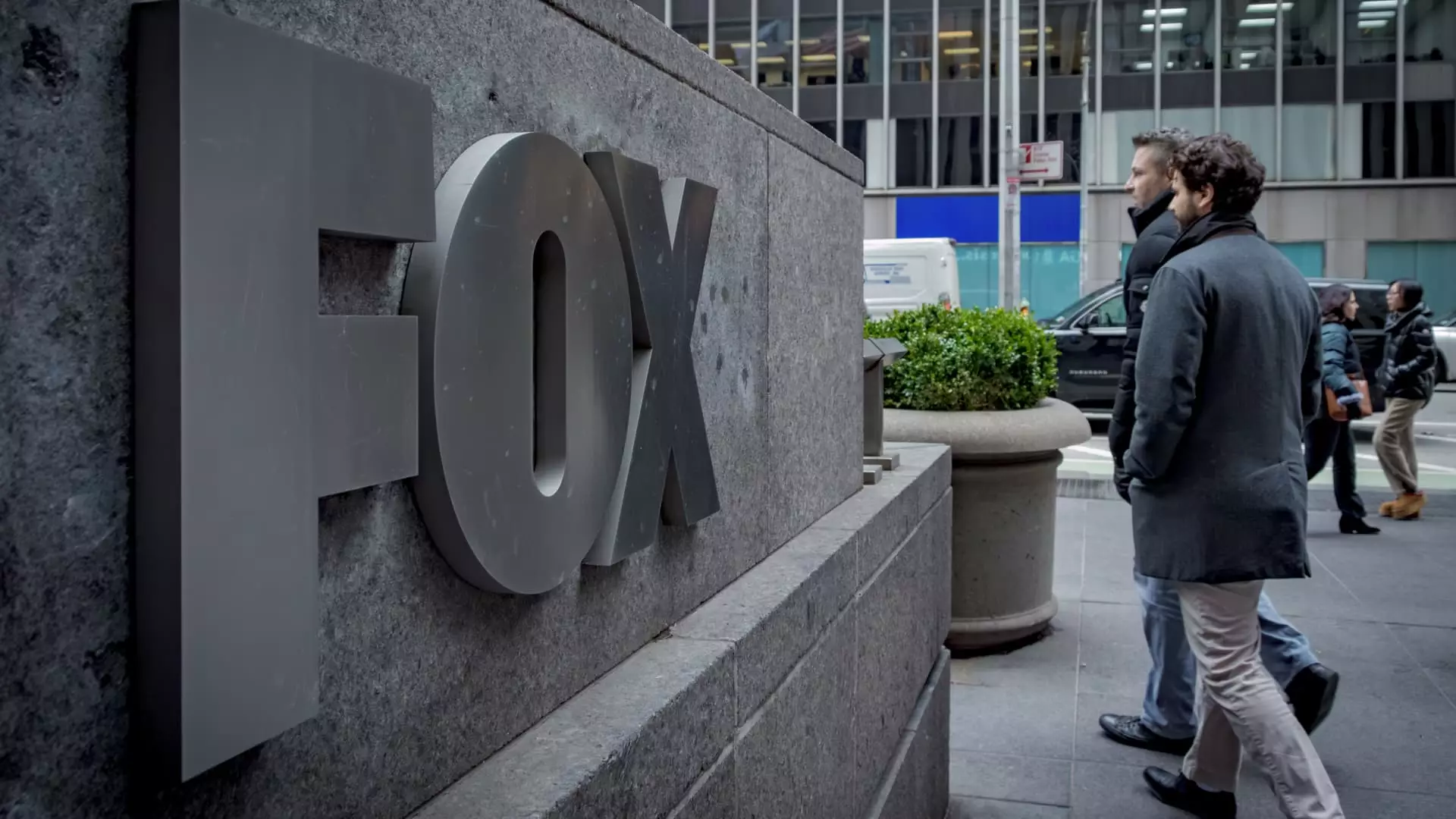Fox Corporation’s decision to launch Fox One ahead of the NFL season signals a cautious pivot into the fiercely competitive streaming landscape. However, this move exposes a fundamental flaw: it is a half-measure that risks undermining both its traditional business model and its ambitions in digital media. Unlike most of its competitors, Fox chooses to offer a service that consolidates its existing content without investing heavily in exclusive or original programming. This approach, while seemingly pragmatic, raises questions about whether Fox is truly equipped for the future or merely trying to hedge its bets amid industry upheaval.
The pricing strategy of $19.99 per month for Fox One, especially with free access granted to pay TV subscribers, underscores the company’s reluctance to fully embrace the cutthroat nature of modern streaming. Instead of aggressively competing with streaming giants like ESPN+ or dedicated sports services, Fox appears to be treading carefully, avoiding the costly content arms race that characterizes the current market. This modest ambition could be interpreted as a recognition of Fox’s limited appetite for risk—yet it also suggests that the company might be ceding ground to more innovative competitors willing to invest in exclusive rights, original content, and disruptive business models.
Straddling the Line Between Pay TV and Streaming: A Strategic Dilemma
One of the most glaring issues with Fox One is the delicate balancing act Murdoch references—trying to serve both traditional pay TV customers and new streaming audiences without alienating either. The company’s plan to bundle Fox One with other streaming services or keep it targeted indicates an awareness of the shrinking pay TV ecosystem. Yet, this cautious approach risks leaving Fox in the dust, unable to generate significant subscriber growth or leverage its vast sports and news content to forge a compelling standalone product.
By refusing to offer exclusive or original programming, Fox misses the critical opportunity to differentiate its service in a crowded market. Competitors like ESPN+ or Peacock are investing heavily in original sports content, documentaries, and original series that drive subscriptions and foster brand loyalty. Fox’s reliance on existing rights and content minimizes costs but also robs the service of the ability to establish a distinctive identity. As a result, Fox One might ultimately fail to become anything more than a secondary utility for die-hard sports fans, rather than a comprehensive and appealing digital platform.
Strategic Risks and Missed Opportunities in Content and Market Position
The decision to avoid significant content investments signals that Fox is wary of cannibalizing its traditional revenue streams or adding to a fragmentary streaming landscape. While this conservatism shields the company from overextension, it also limits growth potential in an era where consumers increasingly prefer tailored, on-demand content with strong digital identities. The gamble is that Fox’s existing content—NFL, MLB, and news—will sustain a niche audience without costly investments, but that approach is unlikely to fuel long-term dominance.
Furthermore, Fox’s intention to bundle Fox One with other services or keep it targeted on a niche audience highlights a fragmented view of the market. While targeting core sports and news consumers is sensible, it ignores the broader opportunity to attract casual viewers seeking more diverse or engaging content. The risk is that Fox’s digital footprint remains insignificant compared to more aggressive competitors who are building integrated platforms, leveraging original programming to attract and retain subscribers in a shifting ecosystem.
The New Reality: Caution or Obsolescence?
Ultimately, Fox’s approach reflects a conservative mindset that may have served the company well during the height of traditional broadcasting, but it is ill-suited for the relentless innovation demanded by the current media environment. The streaming revolution favors bold investments, creative content, and disruptive business models—areas where Fox is visibly hesitant. By avoiding heavy spending on exclusive rights or original content, Fox risks falling into irrelevance, paradoxically protecting its legacy media assets while surrendering the digital future to more ambitious competitors.
This cautious stance suggests that Fox is content to maintain its current foothold—however, this could prove to be a strategic mistake. In a hyper-competitive landscape, standing still often means falling behind. Fox’s limited investment in Fox One risks turning what could have been a strategic opportunity into a costly missed chance to reshape its narrative and consumer engagement in the digital age.

